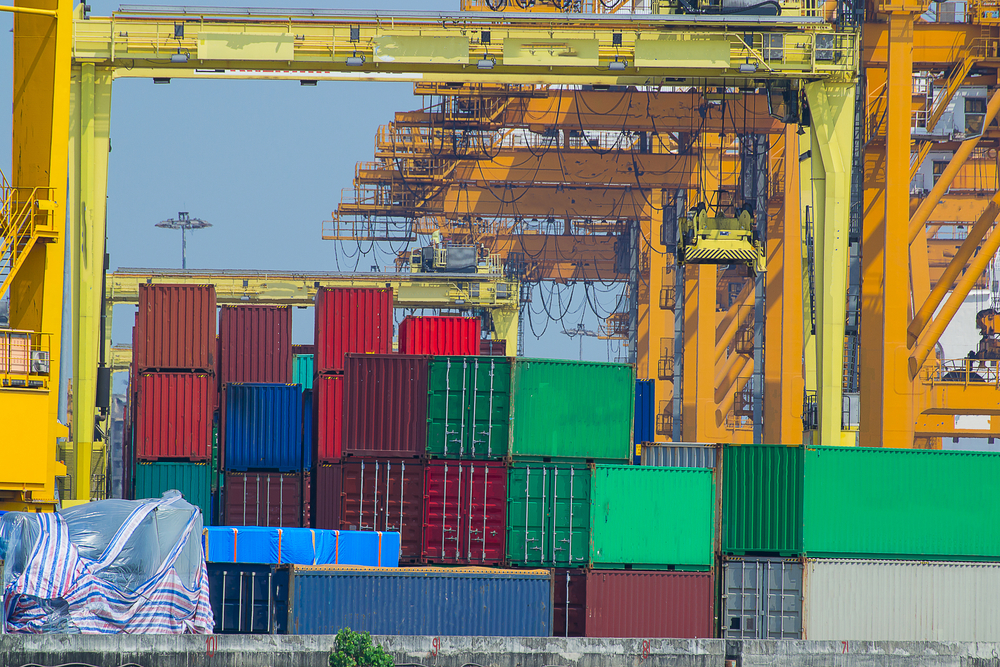Globalization Meets Protectionism

Please note that we are not authorised to provide any investment advice. The content on this page is for information purposes only.
Globalisation has contributed to the growth of China for decades but the rise of protectionism in Western economies could curb Chinese trade and investment.
Globalisation has contributed to the growth of China for decades but the rise of protectionism in Western economies could curb Chinese trade and investment.
The demise of manufacturing industries in the United States unable to compete against low priced Chinese imports has led to retaliatory action, most notably on steel imports. The European Union has reacted similarly.
In Australia there has also been strong opposition to the China Australia Free Trade Agreement, particularly by unions concerned that Chinese companies investing in Australia would bring workers from China. Sentiment also runs strongly against Chinese foreign investment in agricultural land and infrastructure.
Overly restrictive trade and investment measures will have serious implications for future world growth, if the backlash against globalisation intensifies them.
China was a big beneficiary of globalisation
No other sizeable economy in history has ever experienced three unbroken decades of near 10% average economic growth as China did during the recent globalisation era, the legacy of economic reforms begun by leader Deng Xiaoping. This growth in aggregate output was on average over three times greater per annum than its Western trading partners.
The key factors underpinning this growth were: encouragement of foreign direct investment, specifically in manufacturing, greater internal labour mobility, higher domestic saving due to contraction of social welfare entitlements previously extended by the state sector and an improved investment climate for the private sector with less corruption.
Simultaneously, China’s remarkable integration into the world economy was due to its international merchandise trade expanding at an annual average of 15% during the globalisation era from the early 1980s to 2008. That was more than double the global rate.
After China joined the World Trade Organisation (WTO) in 2001, the liberalisation of international trade barriers significantly boosted its international merchandise trade. Policies that encouraged foreign direct investment also greatly assisted exports by multinational firms (such as Motorola, Toshiba, Nokia and LG) operating in coastal China.
Export-led growth had been crucial to China’s development strategy before the global financial crisis and a tightly managed exchange rate system was instrumental to its success. China’s export growth has persistently outpaced its import growth, giving rise to trade and current account surpluses.
China’s embrace of globalisation made it a highly open economy relative to most advanced economies in the world. As a proportion of GDP, its total exports plus imports of goods and services remains well above comparable ratios for the United States, Japan and Germany.
In China’s development strategy, large trade surpluses were seen to be an objective of economic policy. Since the global financial crisis, China has adopted a policy of re-balancing its economy away from increasing its dependence on exports and investment as the primary sources of aggregate expenditure growth towards domestic consumption and services provision.
This will have profound international implications generating spillovers for trade and commodity prices. Curbing export growth will reduce China’s vulnerability to the backlash against globalisation.
More foreign investment, less trade growth?
Due to a slowdown in China’s growth and trade, its current account surplus, mainly reflecting its trade surplus, has fallen from a high of 10% of GDP in 2007 to around 2-3% in recent years.
However China’s central bank, the People’s Bank of China, has accumulated huge foreign exchange reserves over the past decade of over $US 3 trillion. These reserve holdings are the highest of any economy in the world and over twice the value of Australia’s annual GDP.
China’s foreign money holdings are now also managed by its sovereign wealth fund, China Investment Corporation, which has amassed a portfolio of high yielding assets worldwide.
This huge arsenal of funds suggests China’s future gains from globalisation will depend more on investing overseas. It’s because of this its foreign investment abroad will play a larger role than previously.
World merchandise trade grew at under 3% in 2015 according to the WTO in line with world GDP growth. This is a major slowdown relative to the peak globalisation period between 1990 and 2008 when world trade growth grew twice the speed of GDP growth.
China’s economy is growing at its slowest rate in 25 years, well below the phenomenal rates experienced before the global financial crisis. Yet, China’s growth remains robust by any standard. It increased its GDP last year by the size of Sweden’s.
There is a two-way relationship between growth in China and its trading partners in the rest of the world. The global slowdown reduces demand for China’s exports and lowers China’s growth, which, in turn, reduces China’s demand for imports, especially commodities, lowering GDP in the rest of the world.
A key reason The Great Depression of the 1930s was so prolonged was that many countries, following the enactment of the Smoot-Hawley Tariff Act in the United States, became highly protectionist, which severely contracted world trade.
Luckily, so far we have not seen a repeat of that 1930s experience. Yet if the globalisation backlash results in ever-increasing anti-free international trade and investment measures, it remains a clear and present danger to future living standards.
If the backlash against globalisation hurts China, it hurts global growth too is republished with permission from The Conversation





